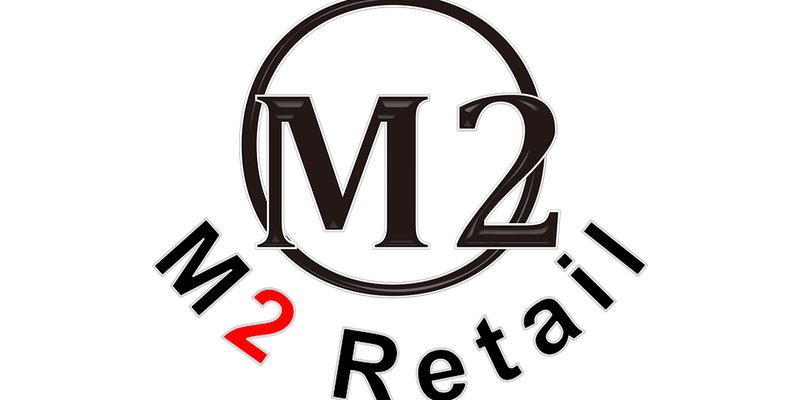Introduction: The First 10 Seconds Decide the Next 10 Years
Here’s the blunt truth: your front-of-house flow sets the tone for profit, pace, and brand trust. The M2-Retail reception counter is often the first touchpoint in that journey. When that touchpoint is designed like a modern system—not a static table—queue time drops, staff load eases, and upsell space opens (even before the first greeting). In one chain pilot, stores saw a double-digit decrease in perceived wait time. Now ask yourself: does your current front reception counter? actually route people, power devices, and signal service status, or is it just a surface?

Technical teams already see the pattern. A counter is a service node with layout constraints, cable paths, and compliance needs—like a kiosk, but social. Add two to three IoT sensors and you change the play; add edge computing nodes and a small POS cluster, and you change the throughput. The question isn’t wood vs. metal. It’s orchestration vs. friction. Let’s frame the comparison, then go deeper on what breaks and what scales.
The Hidden Gaps in Traditional Counters
Where do classic builds fall short?
Legacy counters were built for looks and storage. That’s it. But modern use cases need power density, device cooling, and cable discipline. Without a defined cable management bus, ports get tangled, POS swaps take too long, and downtime creeps in—funny how that works, right? Typical counters lack dedicated bays for scanners, RFID readers, and receipt printers. So staff improvise. That creates micro-delays. Those delays become queues. And queues become churn.
There’s also the structure itself. If the load-bearing frame is not modular, you can’t adapt for a second terminal or a self-check add-on. Power converters end up taped under the deck. Thermal bleed hits small form-factor PCs. Then ADA reach ranges conflict with ad hoc mounts. Look, it’s simpler than you think: counters need standardized rails, quick-swap panels, and service hatches. Without them, you burn minutes on every device issue and lose hours each week. That’s the hidden cost—silent, steady, and avoidable.

Smarter Principles for the Next Reception Counter
What’s Next
Forward-looking counters treat the space like a platform. Start with a modular chassis that accepts shielded power rails and segmented cable channels. Add panelized surfaces with access points, so a scanner cradle or tablet arm locks in seconds—not after a drill pass. Layer in sensor-ready cutouts for people counting and simple status LEDs. With these new technology principles, the system scales from one agent to two, from greeting to assisted checkout, without a rebuild. And because each bay is mapped, swaps are surgical. That means higher uptime and cleaner ergonomics.
Want a practical lens? Compare a traditional unit to a modular reception counter desk that supports edge computing nodes near the POS, with front-access power isolation and proper thermal vents. The latter cuts service time by design. It also routes traffic: signage sightlines, queue stanchion anchor points, and discreet under-counter storage keep the face clean, which boosts perceived speed. Even better, integrated I/O panels let you add a second terminal when seasonal volume spikes—no wiring chaos, no visual mess. Small changes. Big delta in throughput and staff happiness—because stress drops when tools fit the task.
How to Choose—Three Metrics That Keep You Honest
Here’s the comparative bottom line, condensed and usable. (Keep it on your shop-fit checklist.) 1) Serviceability per minute: How fast can you swap a POS, printer, or scanner without tools? Target sub-5 minutes, with front or top access panels. 2) Power and signal integrity: Can the counter isolate power converters and segregate low-voltage lines from AC runs to reduce interference and heat? Demand labeled channels, proper strain relief, and ventilation. 3) Adaptive capacity: How many terminal positions can you add without carpentry, and does it stay ADA-compliant when you do? Ask for modular rails, pre-bored mounts, and clear spec drawings. Meet these three, and you’ll feel the difference on day one—and month twelve.
Evaluate against real workflows, not just finishes. Your counter is a live service node, not a prop. When it’s built on principles, people move faster, tech stays stable, and the brand feels calm. That is the quiet win. Learn more at M2-Retail.

